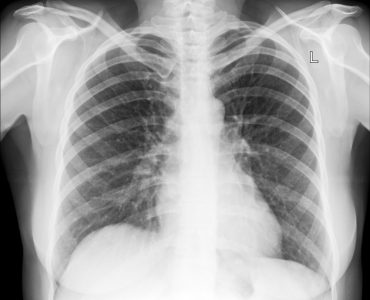The examination of the interior of bladder using cystoscope is known as Cystoscopy. Cystoscopy is usually done fro various reasons like diagnosis for a condition for performing surgery.
Necessity of cystoscopy
The following conditions or the symptoms of the conditions may be diagnosed by cystoscopy:
- frequent infections of the urinary tract
- presence of blood in the urine called as haematuria
- incontinence, which is the partial or complete loss in the controlling of urinary bladder
- presence of abnormal cells in the sample of urine.
- presence of constant pain while passing urine
- difficult to urinate because of the presence of an enlarged prostate gland or the urethra getting narrow.
Cystoscopy may be also advised in cases where the person suffers from a urethra that has been blocked or bladder tumour. Some of the other conditions which can be monitored using cystoscopy are:
- recurring infections
- polyps
- malignant tumours in the bladder
- bladder stones
- narrowing of urethra
- blockage of urethra
- problems related to ureters
Cystoscopy can be used for
- removing stones form the ureters or bladder
- to collection sample urine from ureters for diagnosing the presence of tumour or any other infections
- removing tumours or polyps from the bladder lining
- insertion of stent into the ureter which has narrowed for helping the urine to flow normally.
- injection of dye into ureters for the purpose of x-rays
- removing prostate gland
How is cystoscopy performed
Cystoscopy is usually does not require the patient to stay back in the hospital overnight, unless some large amount of tissue is taken out for sampling.
The patient is given a local anaesthesia using a jelly like substance which acts both as analgesic and a lubricant that helps the insertion of the cystoscope into the urethra. If a rigid cystoscope is used, then the patient may be given general anaesthesia.
After the cystoscope has been kept in place, the bladder and urethra are examined carefully. The use of sterile saline solution helps to get a clearer view of the bladder.
Once the examination is completed, the cystoscope is removed. Then the patient is informed of the conditions of the bladder. In certain cases, sample tissues may be sent for biopsy for the presence of cancer.
The normal time required for performing cystoscopy is just about ten minutes. But it may take slightly longer if tissue needs to be taken for biopsy.
Risks
The person on whom cystoscopy is performed tends to develop urinary infection after the procedure. There is very little risk of the puncturing or tearing of the bladder by the usage of cystoscope.
Another risk that is associated with this procedure is the scarring of the urethral tissues, which can be removed by cystoscopy.
Men tend to experience swelling and pain in the testicles for a short time after cystoscopy is done. This should be notified to the doctor.
In very rare cases, retention of urine occurs because of the temporary weakness or swelling of the bladder muscles.












